Prospecting & Detecting
Using Structural Clues to Locate Buried Placer Channels
April 2014 by Jim Halloran
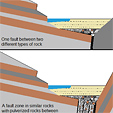 They must have assumed the paystreak was spotty and had been mined out, so they never mined as close to the side of the valley as they should have.
They must have assumed the paystreak was spotty and had been mined out, so they never mined as close to the side of the valley as they should have.A Trip Down the Yukon River
My girlfriend Beth and I decided to take our canoe down the Yukon and do some gold dredging...
Pay Attention to the Features and Landmarks
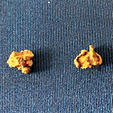 People always ask me what is so important about locating contact zones. The answer to that: Gold.
People always ask me what is so important about locating contact zones. The answer to that: Gold.
Using Favorable Rock Types to Find More Gold
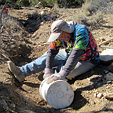 The more experienced prospectors know these lesser known spots are the types of places where big finds are still made.
The more experienced prospectors know these lesser known spots are the types of places where big finds are still made.
Prospecting the Easy Way
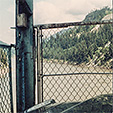 And what do I think is the easy way? It’s what you can learn from the old timers that walked that ground many years ago.
And what do I think is the easy way? It’s what you can learn from the old timers that walked that ground many years ago.
Prospecting for Silver Deposits
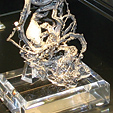 In some ways, silver is the forgotten precious metal because it straddles both the world of precious metals and jewelry, while having many important industrial applications like a base metal. The price of silver reflects both the precious metal investment demand as well as the industrial demand.
In some ways, silver is the forgotten precious metal because it straddles both the world of precious metals and jewelry, while having many important industrial applications like a base metal. The price of silver reflects both the precious metal investment demand as well as the industrial demand.
Some Tips and Tricks for Dredgers: Determining Pulley Size and Belt Length
If Epd is larger, then the compressor will be spinning faster than the manufacturer’s maximum specified RPM and might destroy itself. If this happens, then the compressor again might not produce enough air to support a diver. Neither is a desired outcome.
Detecting for Gold: A Return to Familiar Ground
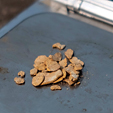 I probably swung over a few targets without noticing them. My first target came about ten minutes later as I went over a part of the high bench in this wide section of the dry wash.
I probably swung over a few targets without noticing them. My first target came about ten minutes later as I went over a part of the high bench in this wide section of the dry wash.
Subscription Required:
The Bawl Mill
• Ask the Experts
• Ask the Experts
• Ask the Experts
• Ask the Experts
• Ask the Experts
• Ask the Experts
• Mining for Gold and Sapphires in Montana
• Contrary to Rumors, Couple Will Keep the Saddle Ridge Hoard
• Finding Gold with a VLF Detector—Part I
• Creating Your Own Luck
• Over the Divide—Robert Michael “Mike” Corbley
• Continuing Hard Rock Exploration
• Recovering Fine Gold with Oleophilic Adhesion
• Detecting for Gold in Nevada
• Gold Deposits of the Ivory Coast
• Melman on Gold & Silver
• Mining Stock Quotes and Mineral & Metal Prices







